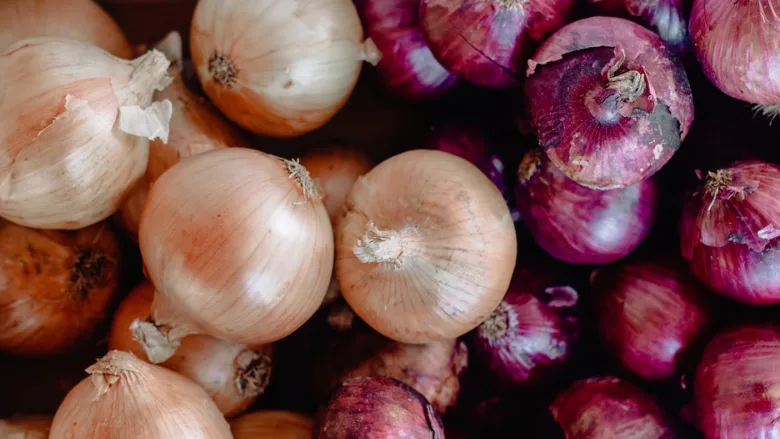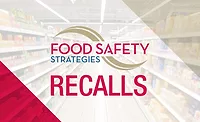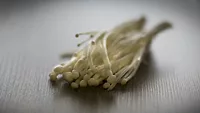Studies Examine Salmonella Contamination of Onions, Will Develop Food Safety Strategies

Credit: Sincerely Media (sincerelymedia) via Unsplash
Two studies funded by the Center for Produce Safety (CPS) aim to identify production practices that may contribute to Salmonella contamination of bulb onions and food safety control strategies for the commodity.
There is little available information about the behavior of Salmonella on dry bulb onions, which have a historic association with salmonellosis outbreaks, and are also the subject of a commodity-specific food safety prevention strategy that was recently released by the U.S. Food and Drug Administration (FDA); for more information, listen to the recent Food Safety Matters podcast episode on FDA’s commodity-specific prevention strategies for produce. The goal of the two ongoing studies is to develop recommendations on onion crop management, harvesting, curing, storage, and distribution that will help industry minimize the risk of Salmonella contamination.
In Oregon and Washington, researchers have conducted field trials to replicate agricultural practices that possibly contributed to a 2020–2021 foodborne illness outbreak linked to Salmonella-contaminated onions produced in California. The researchers aim to discern what occurred during the growing stages of the implicated onions to better understand the risks. Using an Escherichia coli cocktail as a surrogate for Salmonella, the researchers applied contaminated agricultural water to yellow onion crops in Oregon through overhead irrigation, and to red and white onions in Washington by mixing the water into pesticide or clay sunscreen crop protection sprays.
The researchers in Oregon and Washington chose two different sites at which to conduct their field study to represent diverse climactic conditions, and focused on applying the contaminated agricultural water later in the onions’ growth cycle because the closer to harvest a contamination event occurs, the higher the risk of sickening consumers. In both trials, the researchers monitored pathogen levels after application as the onions matured and cured in the field for 30 days.
However, after the final samples were collected and tested, only one onion out of 440 tested positive for the Salmonella surrogate. While the researchers express that the results are positive news for industry and for food safety, the answer to the 2020–2021 outbreaks is still a mystery. During winter 2022, the researchers will continue their project by conducting laboratory dye studies to explore whether water applied to the leaves of younger plants can pose as a contamination route of entry by transferring into onion tissue.
In Texas, a study—spurred by a 2021 multistate salmonellosis outbreak associated with red onions—is underway to better understand how Salmonella colonizes and internalizes in onion bulbs, as well as to identify production practices that may reduce plant susceptibility. Inspired by studies conducted with other produce that demonstrate how enteric pathogens can trigger immune-like responses in plants, the researchers aim to explore the genetic potential of crops to combat Salmonella.
The researchers will conduct field trials to determine how bulb quality traits, such as nitrogen content, moisture level, and macro- and micro-elements, influence Salmonella internalization. Additionally, the researchers will explore whether Salmonella shares the same entry routes into onions with plant pathogenic bacteria that cause rot—while curing in the field, through drying leaves or harvest wounds. The researchers also plan to sample onion production sites, packing sheds, and storage facilities to monitor whether such environments are conducive for Salmonella growth.
Looking for quick answers on food safety topics?
Try Ask FSM, our new smart AI search tool.
Ask FSM →
Information on synthesis and regulation of antimicrobial compounds from plants could be used to design novel strategies for controlling Salmonella in onions. Additionally, characterizing the genetic background and chemical and physical factors influencing Salmonella internalization will also help clarify the dynamics involved.
Both the study in Texas and the study Washington and Oregon will conclude in December 2023.









